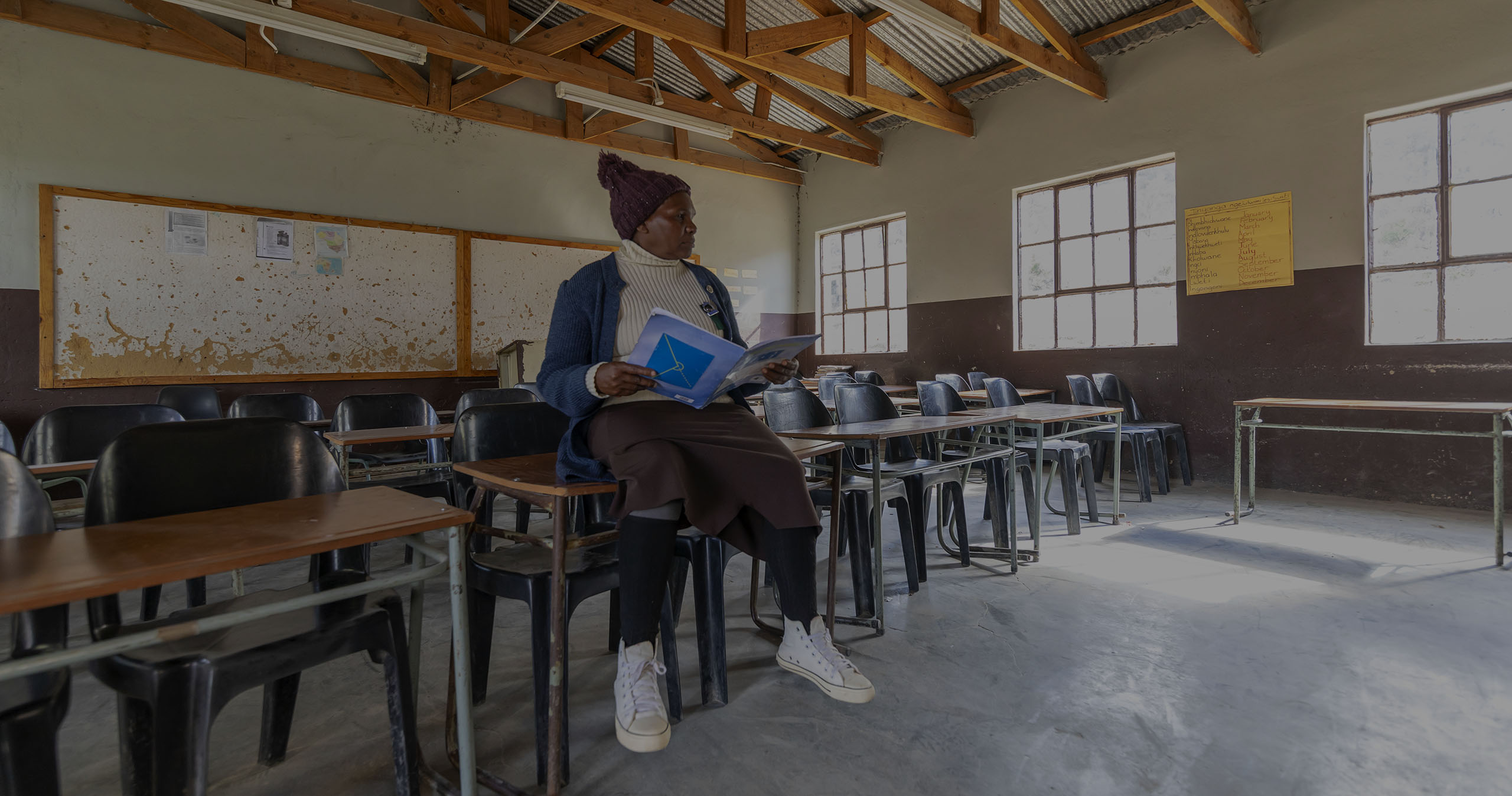
Blended Learning in Learner Management Systems
Blended learning, also known as hybrid learning, is a form of learning that takes a dual-purpose approach, combining online learning or eLearning with traditional or group learning within your learner management system.
This allows learners to have an accessible and group approach to their learning. The LMS facilitates learning at their own pace and in their own space while the traditional learning allows them to have practical and group sessions in person.
But why are the accessibility and flexibility offered by blended learning such a powerful tool?
Not all Training can be Done Online
Unfortunately, not all training or learning can be done online, many of the more specialized and intricate topics/courses require a practical or group approach.
For example, you can read on and learn every component that makes up an engine but assembling said engine and getting it to work would require hands-on practical experience.
The practical experience thus remains best taught through traditional learning methods and cannot be carried out effectively on an online platform.
Well not yet anyway, technology is continuing to advance at a rapid rate and could allow for virtual reality hardware to be freely available to learners in the not too distant future.
Inexpensive mass access to VR technology remains a wishful thought and blended learning still remains the best option to elevate your learners’ learning experience within the learner management system.
How Blended Learning Works
Blended learning breaks course material up into two sections:
- Theory: Theory course material can be found in the learning management system. Learners can study theoretical course material online in an environment that is conducive to their learning style.
- Practical: As mentioned above not all learning can be done online, within practical segments learners are required to come together in group classes where the knowledge retained from the theory sections can be tested and applied to real-world scenarios.
It is imperative that the learner management system used has blended learning functionality as it ensures that the courses in groups or online are tracked on the LMS.
Furthermore, it is important to ensure that the content provided supplements each other while also being complementary to the learning process thereof.
Bloom’s Taxonomy in a Blended Learning Environment
Bloom’s Taxonomy is a classification system used by teachers and learning developers to distinguish and define the many levels of human cognition. If you’d like to know a bit more about Bloom’s taxonomy and other systems used, check out this article we wrote on instructional design.
Knowledge: Provide your students with the necessary course content and knowledge to begin their learning journey through the use of multiple mediums of media and text-based content within course content found on the learning management system.
Comprehension: Test the knowledge of your learners through the testing tools found on your LMS to establish at what level each student is and how well they retained the knowledge provided to them by your course material.
Application: With traditional or practical learning methods you can provide your learners with practical activities or scenarios where they are able to apply the knowledge that they have studied within the course.
Analysis: Ensure that learners develop knowledge of the course material through further use of testing functionality found on the learning management system. Community and discussion forum functionality could also be beneficial and motivate learners to work together in their learning journey.
Evaluation: Through practical and group testing, evaluate whether the learners have gained sufficient understanding and knowledge of the course material through practical activities and scenarios, where the knowledge learnt can be applied.
Creation: Provide individuals or groups with a project or practical in which all of the knowledge retained throughout the course needs to be applied as a final test to ensure that the knowledge provided has been properly retained.
Conclusion
Blended learning is not meant to replace online learning or skills development but rather to strengthen it, ensuring that your students learn in a way that is comfortable and accessible, but also ensures that their knowledge is tested in a practical group format.
If you have any further questions regarding blended learning and learner management systems or require such services for yourself or your company, get in contact with one of our team members today.
We are a leading video production company in Johannesburg and have one of the top learner management systems in South Africa. We specialise in Video Production, Photography, Graphic Design, eLearning Development, Web Design, Animation and Creative Consultation. | info@oliverkarstel.co.za | www.oliverkarstel.co.za | IG.com/oliverkarstel








Pingback: Learner Management System How to Increase user Engagement | Oliver Karstel Agency
17/08/2022 9:56 AMPingback: LMS Features for Colleges – Part 1 - Sound Idea Digital
23/08/2022 10:28 AMPingback: LMS Features for Colleges – Part 2 - Sound Idea Digital
24/08/2022 10:16 AM